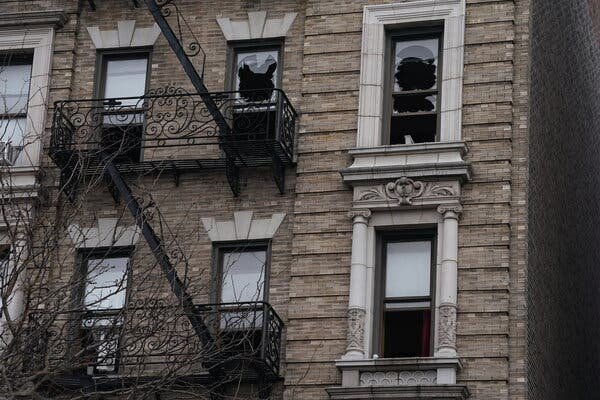The number of homeless youth denied shelter in the city has increased, with over 1,100 young people sent back to the streets in the first half of 2024 due to a surge in demand driven by the asylum-seeker crisis. Despite efforts by the Department of Youth and Community Development, many young adults were unable to access available beds in shelters. Mayor Eric Adams claimed that nobody, including asylum seekers, is going without shelter, but advocates dispute this. Legal Aid Society secured a settlement for 16- and 17-year-olds to receive shelter beds, but 18- to 24-year-olds still face challenges. Adams released a plan to end youth homelessness, but some efforts have faced obstacles.
The issue of homelessness among youth in the city has worsened significantly in 2024, with over 1,100 young individuals being denied shelter between January and July. This surge in numbers has been attributed to the asylum-seeker crisis, as per advocates. Data from the Department of Youth and Community Development reveals a concerning trend of “youth not placed” in shelters and drop-in centers meant for runaway and homeless individuals aged 16 to 24.
The statistics depict a distressing rise in the number of young people unable to secure a bed in youth facilities. In the first half of the year alone, 1,127 youths were left without shelter, marking a substantial increase compared to the previous reporting period. The available beds funded by DYCD are reported to be 789 for runaway and homeless youth and 338 for homeless young adults. Despite these numbers, the agency claims to have assisted over 500 young adults in transitioning to their own homes.
The spokesperson for DYCD, Mark Zustovich, highlighted that while the runaway and homeless youth system faced high demand initially, the number of youths unable to access shelter decreased towards the end of the reporting period. He also acknowledged the impact of asylum seekers on the increased need for shelter services. Zustovich emphasized that most individuals turned away from youth beds had access to the city’s general homeless shelter system and were subsequently connected to other available resources by DYCD providers.
The data released by the city displays fluctuations in the number of youths denied shelter throughout the reporting period, with a notable drop observed in the later months. Notably, the city does not track the immigration status of shelter youth, which makes it challenging to ascertain the specific impact of asylum seekers on the shelter system. The report also fails to provide information on where these young people go after being denied shelter, raising concerns about their well-being and safety.
The surge in youth homelessness contradicts Mayor Eric Adams’ claim that everyone, including asylum seekers, has access to shelter. Advocates stress the necessity of shelters tailored to youth, offering specialized services in smaller settings compared to adult shelters. The situation underscores the need for continued support and intervention to address the challenges faced by homeless youth in the city.
In 2020, a legal settlement ensured shelter access for 16- and 17-year-olds, following a class action lawsuit filed by the Legal Aid Society. However, the settlement did not cover individuals aged 18 to 24, who constitute a significant portion of those denied shelter. The expiration of the monitoring period for the settlement in 2023, coupled with the overall rise in youth homelessness and the influx of asylum seekers, likely contributed to the escalating numbers of young people without shelter.
Mayor Adams unveiled a plan in 2022 to combat youth homelessness, backed by federal funding and initiatives such as street outreach programs and rapid rehousing units. Despite these efforts, challenges persist, and certain measures aimed at supporting homeless youth, like rent-subsidy vouchers, have faced obstacles under the current administration. The City Council and Legal Aid have taken legal action to address these issues, emphasizing the importance of providing adequate support and resources to address youth homelessness effectively.
Source: TheCity.NYC









